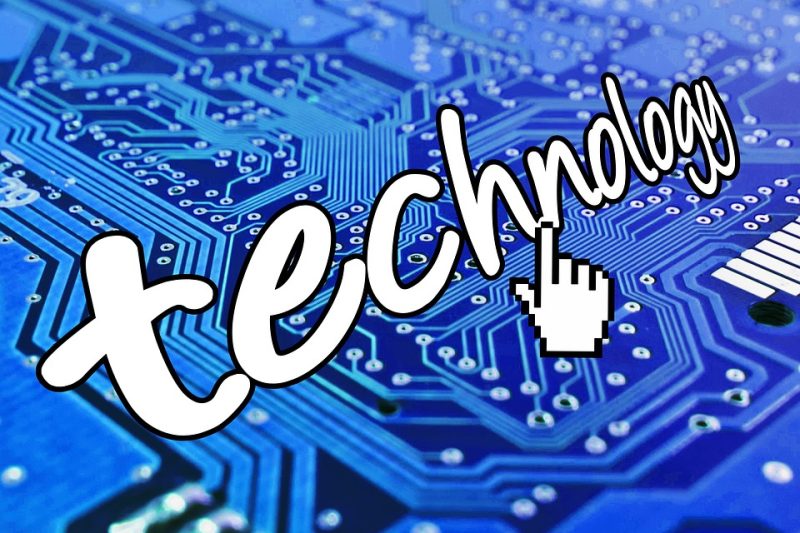
Small businesses are the lifeblood of any economy, providing job opportunities and contributing to the overall growth of the country. However, they often face a lot of obstacles in terms of finances, which can make it tough for them to survive in a competitive market. Traditional loan options may not be the best fit for small businesses, especially those just starting out. microloans(소액대출), on the other hand, can provide a viable solution.
In this article, we will discuss the basics of microloans and why they are such an important tool for small businesses, especially in developing countries. We’ll cover everything from what they are, to how they work, and their benefits.
What are Microloans?
Microloans are small loans given to entrepreneurs, small businesses, and low-income individuals to help them start or grow their businesses. They are usually offered by non-profit organizations, credit unions, and other financial institutions and can range from a few hundred to a few thousand dollars. The idea behind microloans is to provide individuals who do not have access to traditional loans with the necessary funds to start or expand their business.
How do Microloans Work?
Microloan programs work by providing small businesses and individuals with loans that they can use for a variety of purposes such as purchasing equipment or inventory, hiring employees, or expanding their business. These loans are usually short-term, ranging from six months to five years, and have flexible repayment schedules. Microloan programs are often tailored to the needs of the borrower, which makes them a suitable option for small businesses that may not qualify for traditional loans.
Benefits of Microloans
Microloans offer several benefits for small businesses and low-income individuals. Firstly, they provide an accessible alternative to traditional loans, which may be difficult to obtain for those with limited resources or no credit history. Secondly, microloans come with flexible repayment terms, which means that borrowers can make payments based on their income. This allows small businesses to repay their loans without putting undue financial pressure on their businesses. Thirdly, microloans come with lower interest rates compared to traditional loans, which makes them a more affordable option for small businesses.
In addition to the benefits mentioned above, microloans also have a significant impact on the communities they serve. By empowering small businesses and low-income individuals with the resources they need to succeed, microloan programs help to create jobs, generate income, and boost local economies.
Who Can Qualify for Microloans?
Microloan programs are open to a wide range of businesses and individuals, including women, minorities, and low-income households. To qualify for a microloan, the borrower must meet certain criteria such as demonstrating a need for the loan and showing a commitment to their business. Some microloan programs may also require that the borrower undergo training or participate in business counseling to ensure they are equipped to manage and grow their businesses.
Microloans have become an essential tool for small businesses and low-income individuals who are looking to start or expand their businesses. They provide a viable alternative to traditional loans, with flexible repayment terms and lower interest rates. By empowering small businesses and individuals with the resources they need to succeed, microloan programs have a significant impact on local economies, generating employment opportunities, and boosting income. Therefore, it is essential that more individuals and organizations get involved in creating and supporting microloan programs to help drive the growth of small businesses globally.



